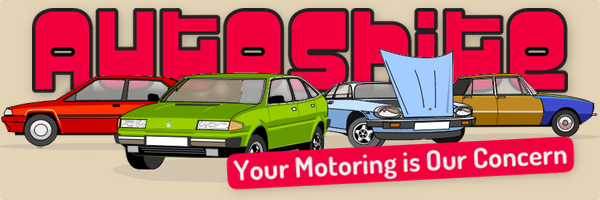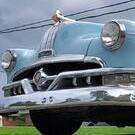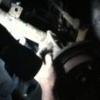Tell me about Rover 2000 P6?
-
Similar Content
-
Tell me about: Triumph Mayflower 1 2 3 4
By vulgalour,
- 105 replies
- 13,016 views
-
- 5 replies
- 441 views
-
- 324 replies
- 27,055 views
-
Any love for a Zagato Zele 2000?
By Peter C,
- 15 replies
- 500 views
-
- 14 replies
- 1,239 views
-






Recommended Posts
Create an account or sign in to comment
You need to be a member in order to leave a comment
Create an account
Sign up for a new account in our community. It's easy!
Register a new accountSign in
Already have an account? Sign in here.
Sign In Now